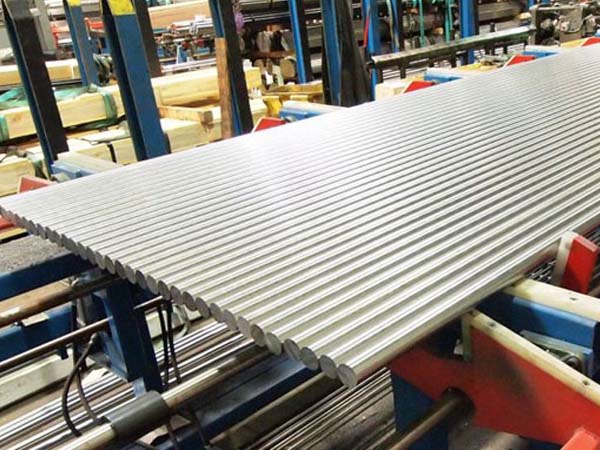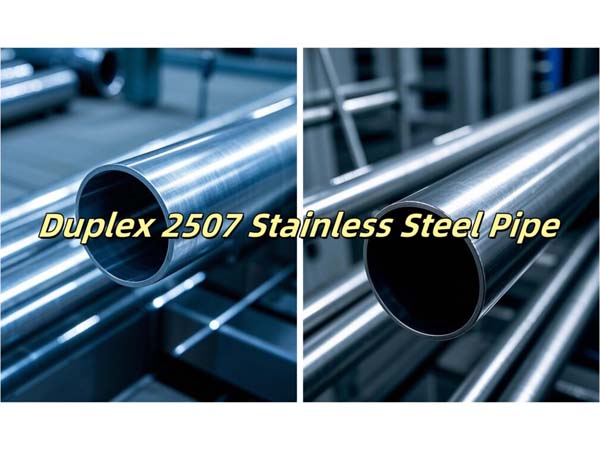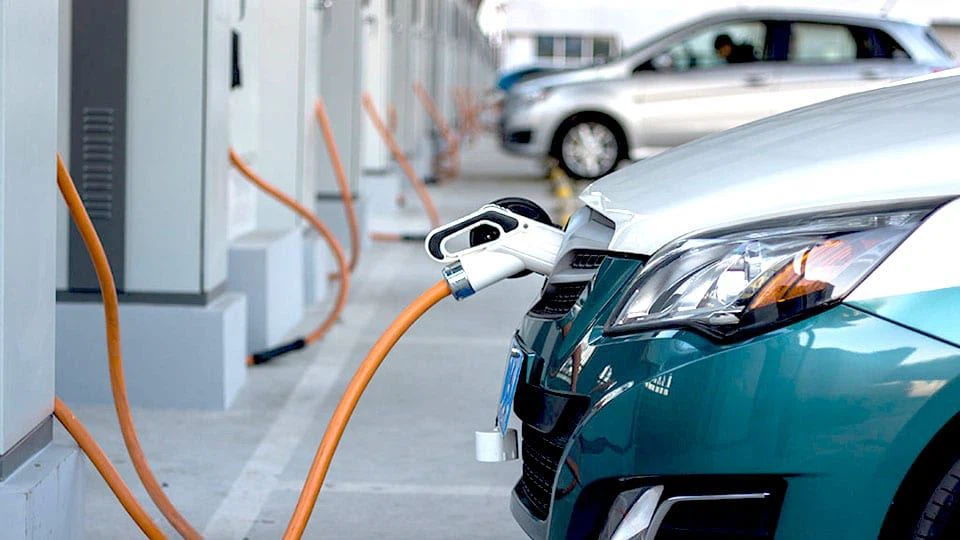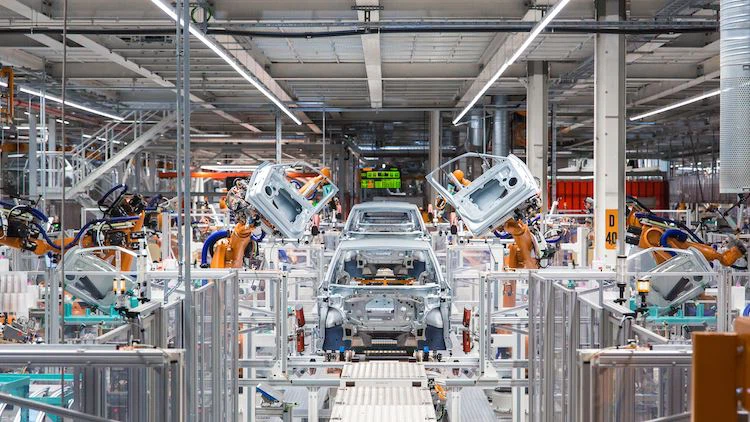





Phone
+86-731-82250427
Address
25th floor, C3 Building, Wanda Plaza, Kaifu District, Changsha, Hunan Province, China.
 May 24 2023
May 24 2023New energy vehicles use more transmission lines. We can see the necessity of lightweighting new energy vehicles from the amount of nonferrous metal copper. The amount of copper used in each fuel-powered vehicle is about 25 kg, while the amount of copper used in plug-in hybrid vehicles is 40 kg to 50 kg, and the amount of copper used in pure electric vehicles is 80 kg to 100 kg. It can be seen that the weight of the electric car is higher than that of the fuel car due to electrification. Therefore, it is necessary to reduce the weight of other parts to achieve the weight reduction of the car body.
There are three development directions for automobile lightweighting. One is to increase the strength of steel, the other is to change the forming method of steel, and the third is to use other materials that can replace steel.

From the specific operation point of view, under the premise of using steel, one is to use thin specifications of ultra-high-strength automotive panels and parts, and the A-pillar, B-pillar, roof longitudinal beam and front wall under the body use tensile strength up to 1500 trillion Pa high-strength steel, the tensile strength of other parts of steel can reach 1200 MPa. On September 25, 2018, Hesteel Tangsteel produced the world's first 1.8 mm thick 2,000 MPa grade hot-formed automotive steel, which is 10% to 15% lighter than 1500 MPa grade steel.
The second is to use advanced molding methods to reduce the weight of parts. For example, automobile shafts can be replaced with hollow structures. Other molding methods can use laser tailoring, hot pressing, and hydroforming, which can reduce the weight of parts by 40%. The third is the use of microalloyed non-quenched and tempered steels, which are environmentally friendly steels and are widely used in parts and components. Fourth, the use of aluminum instead of high-strength steel can reduce the weight of the car by about 200 kg. In addition to the 0.8 mm thick steel plate on the cover of the new energy vehicle battery case, the other parts of the company are made of aluminum extrusion material. However, because aluminum prices are higher than steel prices, Tesla's battery shell materials have gradually switched to high-strength steel in recent years. There are also examples of domestic battery cases made of high-strength steel (780 MPa ~ 980 MPa).
China's automotive steel pipes are becoming more precise
Fuel-fueled vehicles (including plug-in hybrid vehicles) use steel pipe parts, and vehicles powered by compressed natural gas, liquefied natural gas and hydrogen fuel also use steel pipe parts. Overall, at this stage, except for pure electric vehicles, about 99% of the cars in the domestic automobile market will use steel tube parts.
According to the previous article, in 2019, about 1 million tons of steel pipes for automobiles are used, including about 600,000 tons of seamless steel pipes and about 400,000 tons of welded steel pipes. Taking the car as an example, the average tube volume of each car is about 40 kg, including 25 kg of seamless steel pipe and 15 kg of welded steel pipe. The domestic production of domestic cars is expected to be 12 million in 2019, and the amount of steel pipes for cars in 2019 is expected to be 480,000 Ton.
According to the development trend of reducing costs and reducing weight, precision steel pipes are the key development direction. However, at present, there are some short boards in the field of welded pipes for automobiles, such as cantilever tubes for cars, tubes for car cars, high-precision and high-strength thin-wall transmission shaft tubes, ultra-high-strength car side bumpers, and ultra-high strength Steel pipes for stabilizer bars, etc., due to unstable welding quality and uneven heat treatment of welds, most of them rely on imports.
In addition, among the types of steel pipes used in automobiles, the exhaust pipe is an important focus. The exhaust system is located at the bottom of the car and connects the exhaust end of the engine to the atmosphere. Its composition consists of a total of 7 parts: an exhaust manifold, a front tube, a flexible tube, a catalytic converter tube, a center tube, a main muffler and an end tube . The exhaust manifold located in the high temperature section requires high temperature oxidation resistance, the center pipe located in the middle temperature section requires high temperature resistance to acid and alkali salt corrosion, and the steel pipe components located at the exhaust end require good corrosion resistance and good welding performance.

For this reason, domestic steel pipes for automobile exhaust systems currently mainly use stainless steel, and more than 80% are ferritic stainless steel. From the perspective of the variety of steel pipes, stainless steel thin-wall welded pipes (wall thickness ≤ 2.5 mm) and seamless steel pipes have been applied to the production of automobile exhaust pipes. China Baosteel, Taigang, Zhejiang Jiuli Special Material Company, Shandong Hengye Metal Products Company and many other companies can produce steel pipe parts for automotive exhaust systems. The specifications, varieties and quality of ferritic stainless steel have reached Japan and the United States. At the advanced level, and in constant innovation, it is developing towards precision.
Automotive lightweight steel and aluminum are better or worse
Car lightweight is to reduce the weight of the car as much as possible while ensuring the strength and safety of the car. At present, automobile companies have used aluminum instead of steel to manufacture automobiles, but considering the green, healthy and sustainable development of the automotive industry, which is better, steel or aluminum?
Many people believe that aluminum is the preferred alternative to steel in the future to make cars, which is also valid. According to statistics, every 10% reduction in vehicle weight reduces fuel consumption by 6% to 8% and carbon dioxide emissions by 13%. Therefore, some foreign car companies use aluminum materials instead of steel, hoping to reduce carbon dioxide emissions by reducing vehicle weight.
However, the World Automobile Steel Alliance uses Life Cycle Assessment (LCA) to evaluate the effect of different automotive materials on the life cycle of greenhouse gas emissions. From the perspective of lightweighting, using aluminum instead of steel to make automotive parts can reduce Fuel consumption, but the environmental pollution caused is 3 times that of steel.
This is because compared with materials such as aluminum and carbon fiber, steel products can reduce carbon emissions by 7 to 20 times during the production process, so the use of high-strength steel to produce automotive parts produces less carbon emissions than automotive parts made of aluminum The amount of carbon emissions generated. At the same time, the test data on SUV vehicles also shows that the use of aluminum materials instead of ordinary steel for automobile parts reduces the carbon dioxide emissions of 1500 kilograms throughout the life cycle, and the use of high-strength steels for automobile parts can reduce carbon dioxide emissions by 3000 kilograms the amount.
From this point of view, steel is still the material of choice for green car products in the future.
